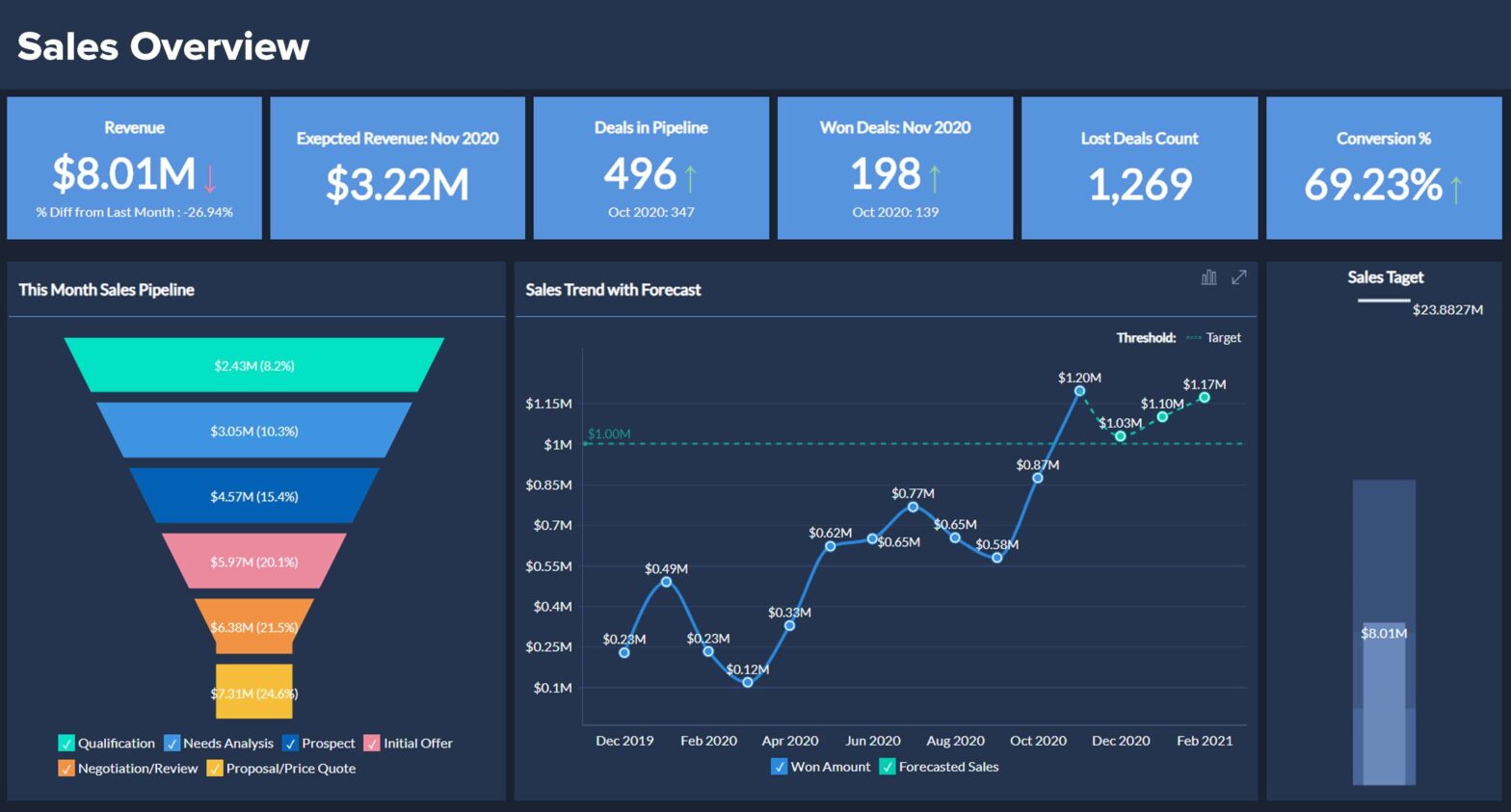Your cart is currently empty!
1. Setting Up Google Sheets API1:
Before you can interact with Google Sheets using Python, you need to set up the Google Sheets API and obtain the necessary credentials.- Go to the Google Developers Console: https://console.developers.google.com/
- Create a new project.
- Enable the Google Sheets API for that project.
- Create credentials (OAuth 2.0 Client IDs) for a Desktop App.
- Download the credentials.json file.
2. Install Required Python Libraries:
You’ll need to install a few libraries to interact with Google Sheets:
3. Authenticating and Accessing Google Sheets:
Here’s a simple Python code that authenticates and accesses Google Sheets:4. Inserting/Reading Data:
Once you’ve accessed your sheet, you can insert or read data:# Inserting datasheet.append_row([“Date”, “Sales”, “Forecast”])# Reading data values = sheet.get_all_values() print(values)5. Creating a Sales Forecast Dashboard:
- Structure your Google Sheet with columns like “Date”, “Actual Sales”, “Forecasted Sales”, etc.
- Use the Python code above to populate the sheet with sales data and forecasts. You can use libraries like pandas and statsmodels for forecasting.
- In Google Sheets, you can use its built-in charting tools to create visualizations like line charts to show actual vs. forecasted sales.
6. Regularly Update the Dashboard:
You can set up a cron job or a scheduled task to run your Python script at regular intervals to update the data and forecasts in the dashboard.
Remember, this is a basic guide. Depending on your needs, you might want to add more features, like error handling, data validation, and more sophisticated forecasting models.
Conclusion:
In the digital age, manual sales forecasting is both cumbersome and prone to errors. By leveraging the automation capabilities of Python and the user-friendly interface of Google Sheets, businesses can create a dynamic, accurate, and visually appealing sales forecast dashboard. Regular updates ensure it remains a reliable tool for decision-making. As businesses grow and evolve, this dashboard can be easily scaled and modified to suit changing needs, making it a long-term asset for any enterprise.

Leave a Reply